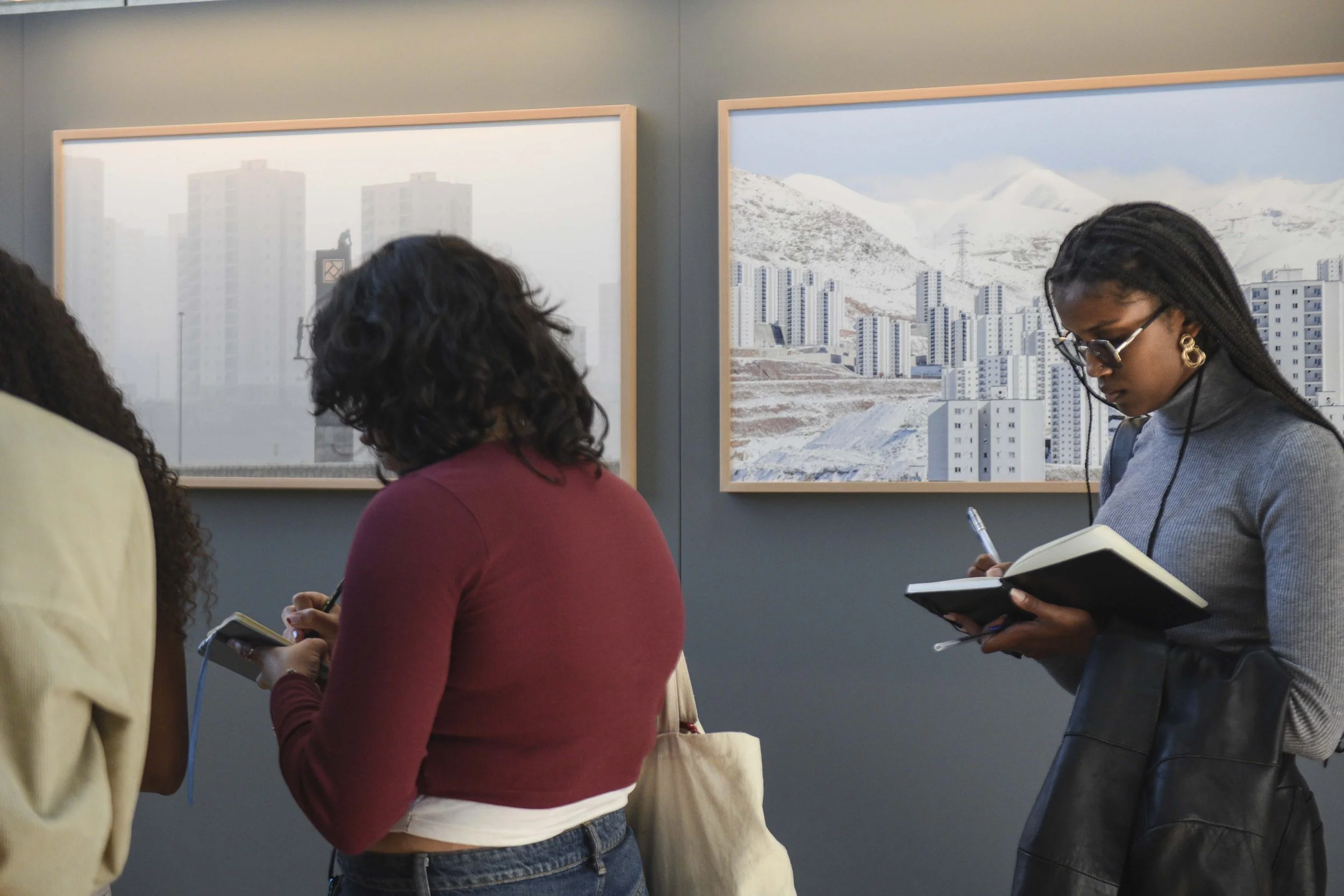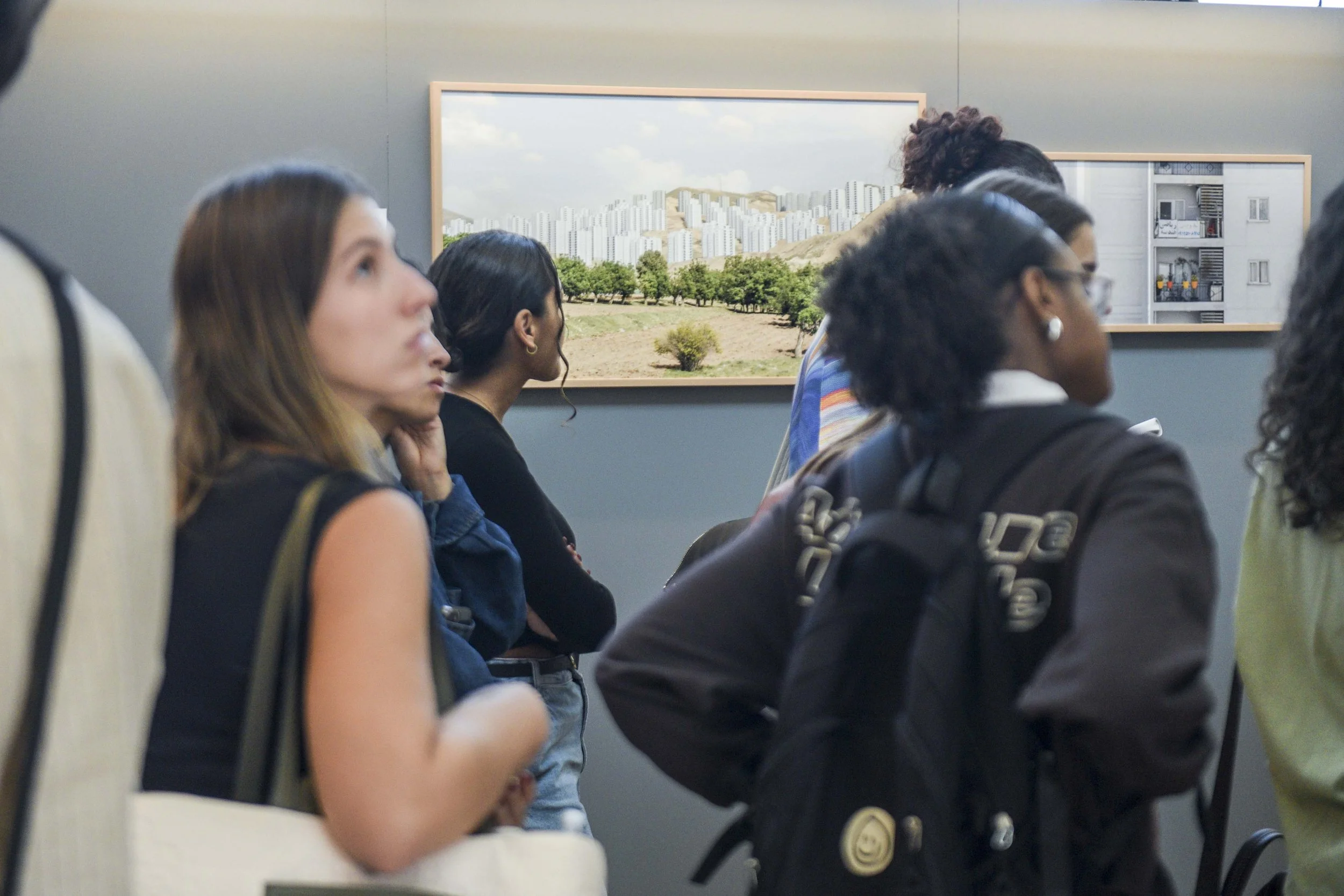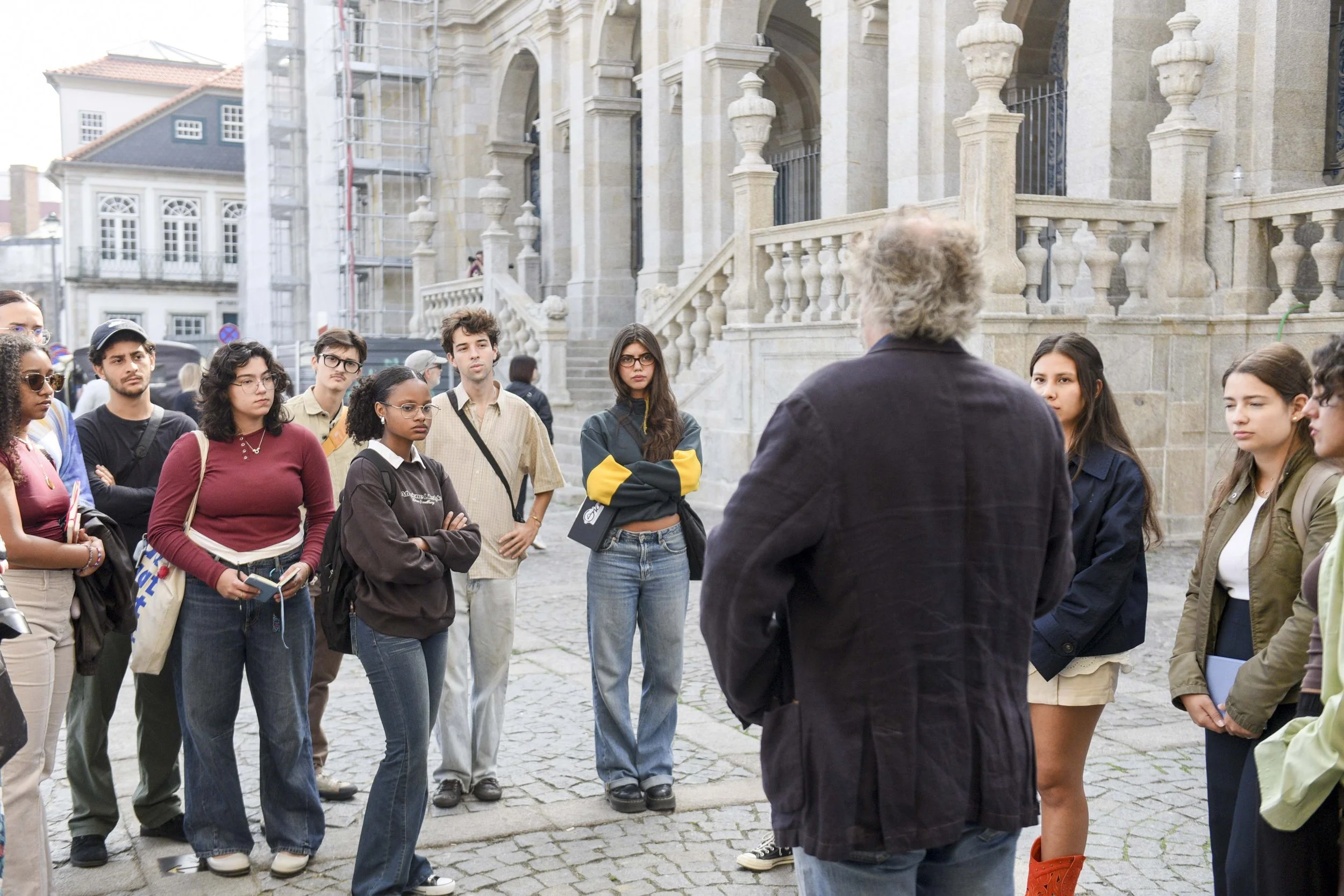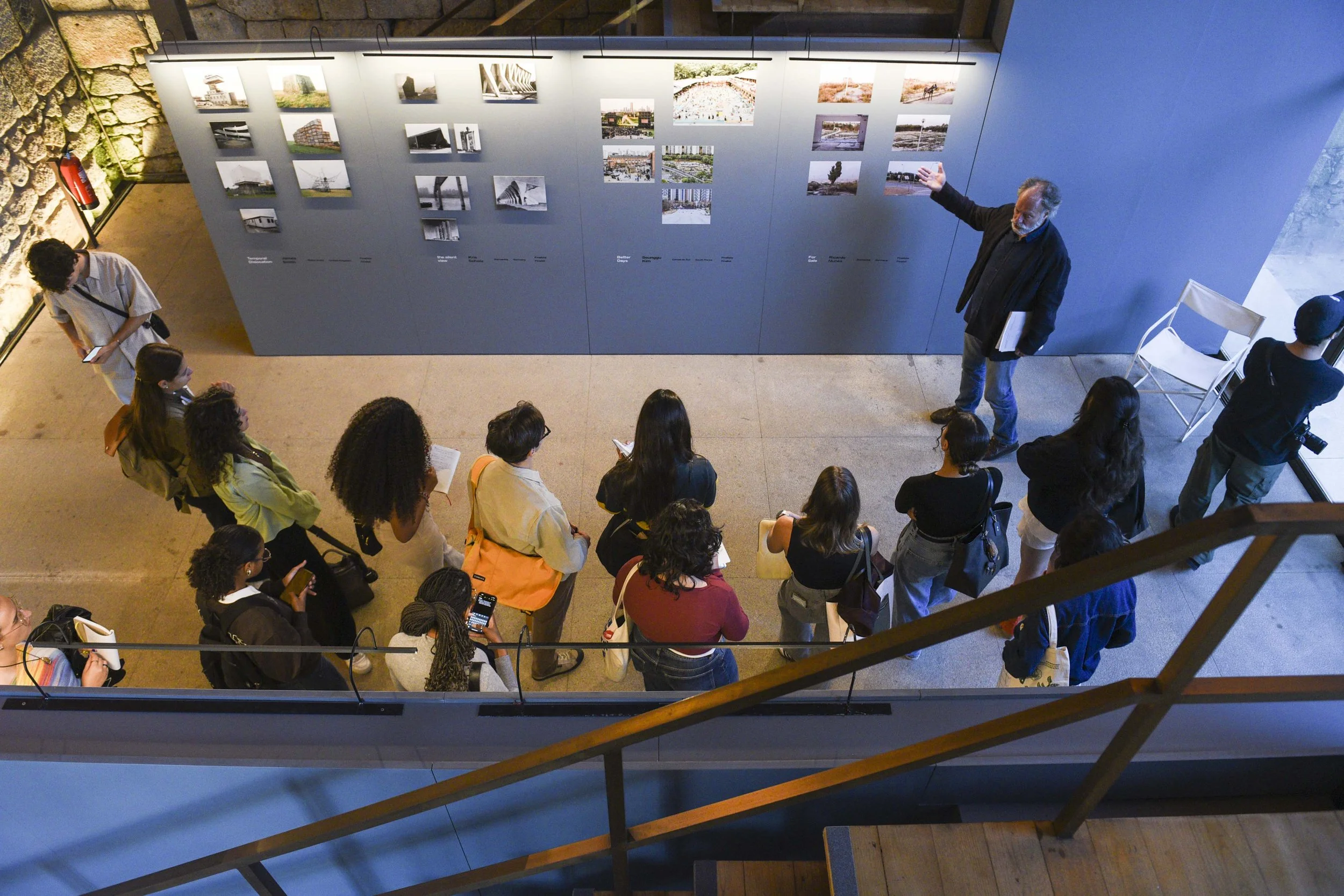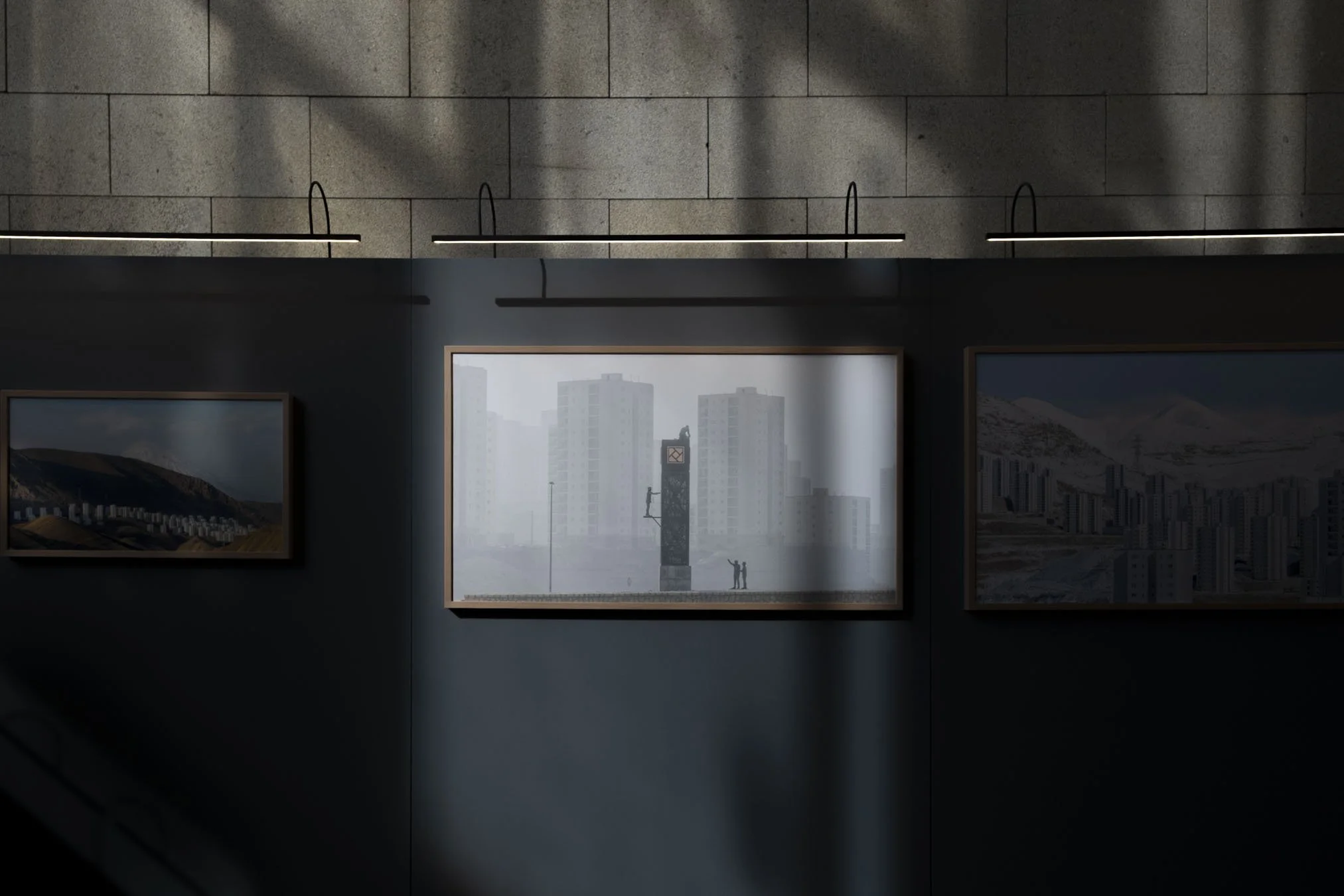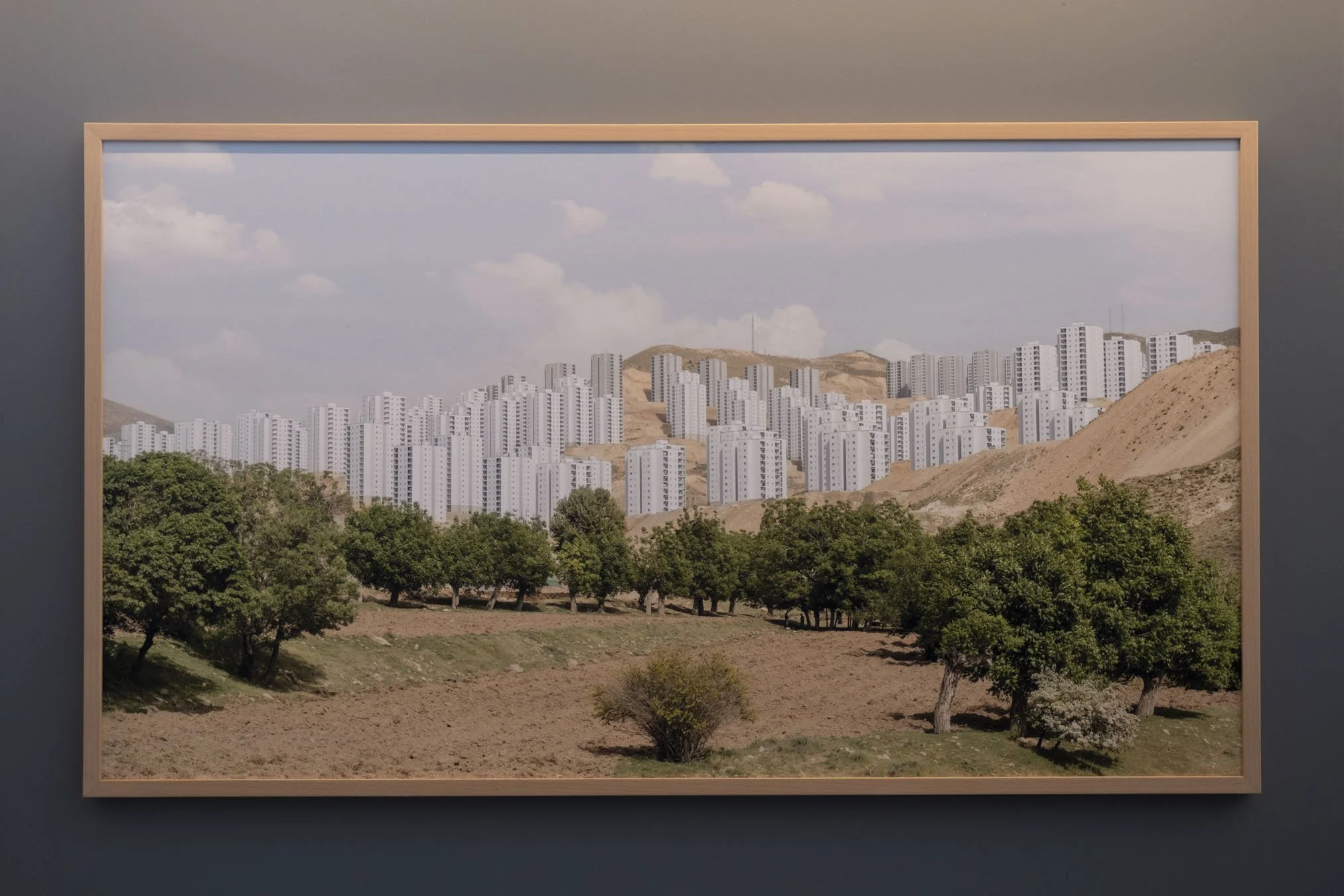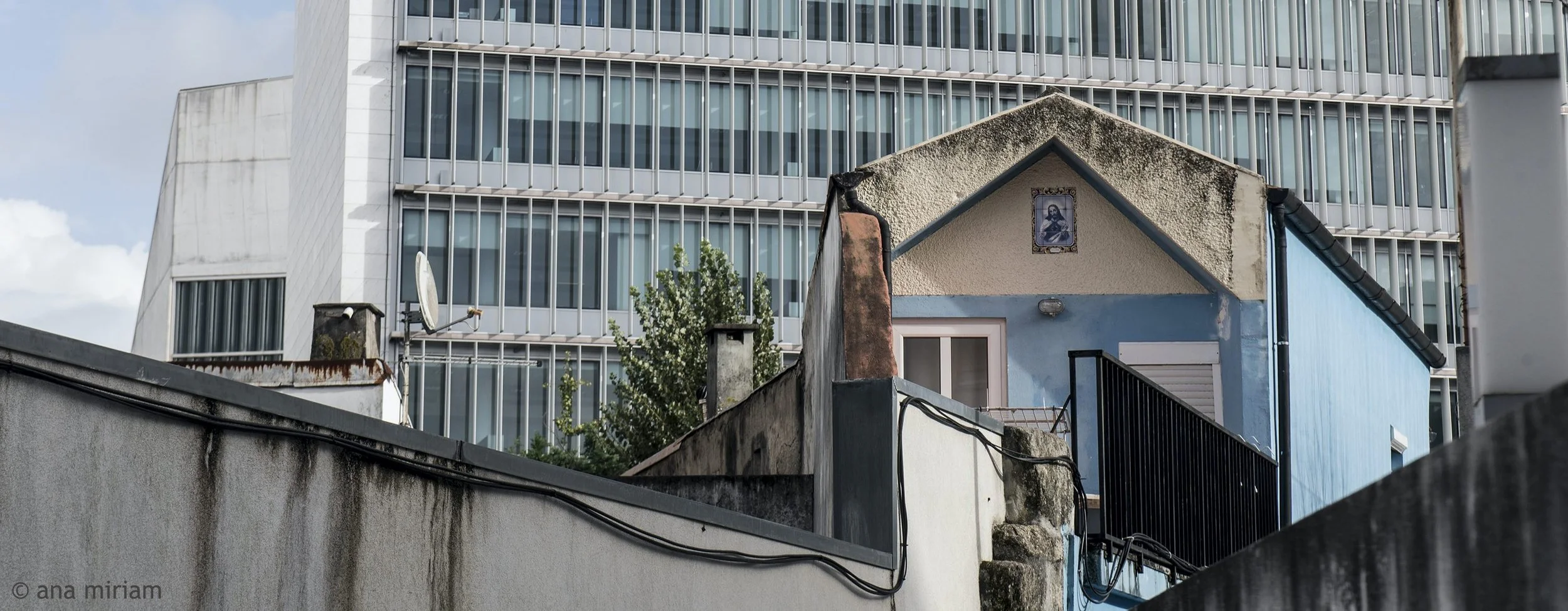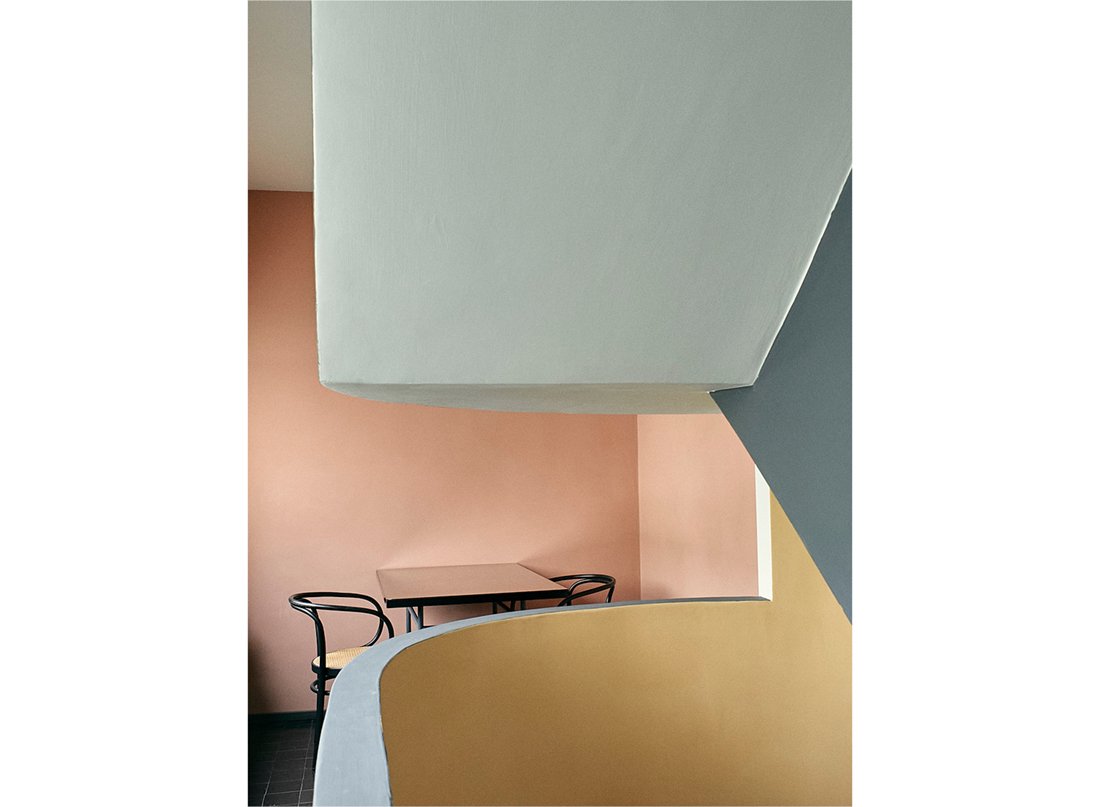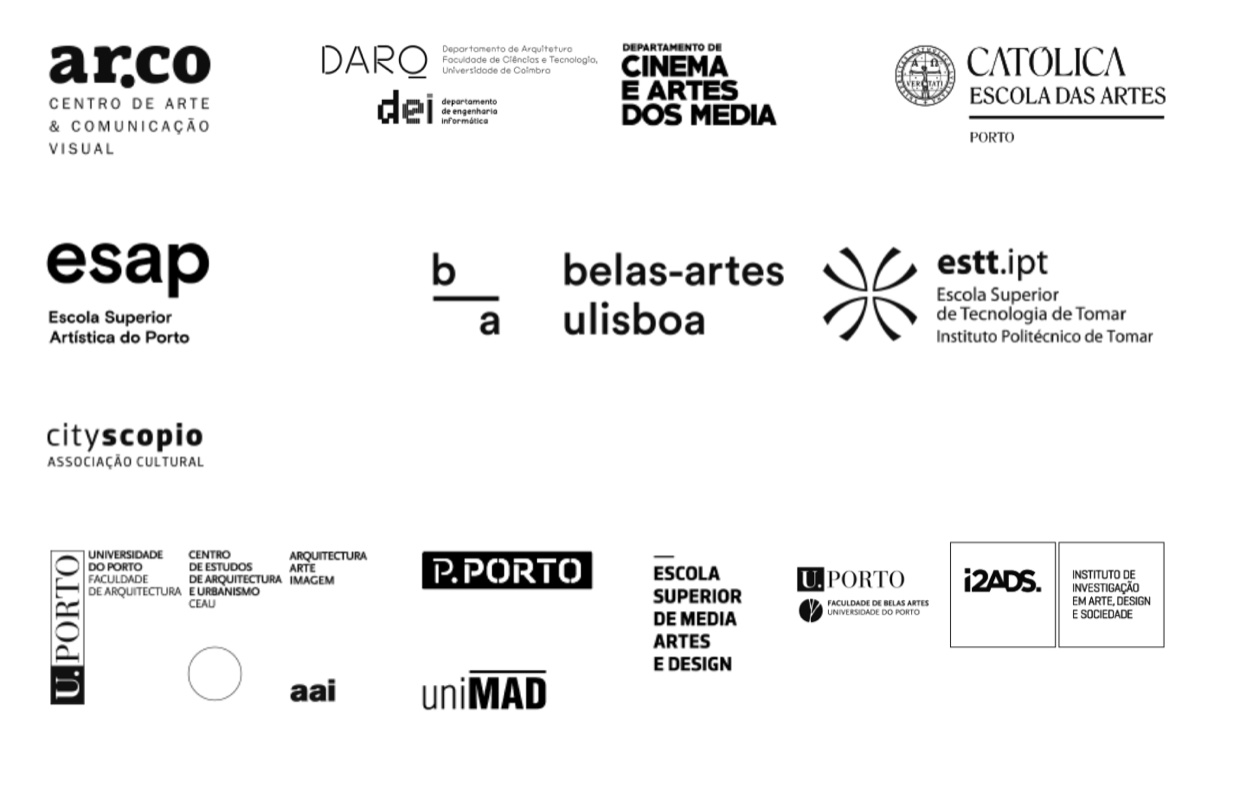AULA ABERTA: VISITA GUIADA À EXPOSIÇÃO “PRÉMIO LUIS FERREIRA ALVES” NA ANTIGA CASA DA CÂMARA - PORTO
No dia 3 de OUTUBRO, SEXTA-feira, pelas 11h
A visita guiada à Exposição “PRÉMIO LUIS FERREIRA ALVES” na Antiga Casa da Câmara - Porto, está integrada no programa de aula aberta a toda a comunidade académica da U. Porto, com especial enfoque para os alunos das unidades curriculares de Fotografia de Arquitectura, Cidade e Território (FACT) do 2º Ciclo e de Fotografia e Comunicação de Projeto de Arquitectura (FCPA I e II) do 1º Ciclo da FAUP.
A responsabilidade da visita guiada estará a cargo de Pedro Leão Neto, coordenador do projeto PRÉMIO LUIS FERREIRA ALVES - Concurso Internacional de Fotografia Luis Ferreira Alves | Um Olhar Contemporâneo sobre a Arquitetura e Regente das unidades curriculares de FACT e FCPA I &II.
Através da realização destas conferências / debates pretende-se contribuir para a criação de um espaço de exploração, debate e reflexão de ideias em torno de novos caminhos de investigação sobre a Arquitetura e Espaço Público, com especial incidência pela Fotografia como instrumentos de pesquisa e comunicação. Estas sessões públicas, abertas a todos os alunos da U. Porto, permitem que diversos fotógrafos ou autores possam expor e explicar os seus trabalhos de fotografia, com especial incidência nos que exploram de forma significativa as temáticas de espaço / arquitetura e da fotografia como um instrumento de indagação do real, como documento e ficção.
Estas sessões são públicas e abertas à sociedade civil, bem como à comunidade académica, nomeadamente a todos os alunos da U. Porto, permitindo que diversos autores possam falar dos seus projetos, com especial incidência nas temáticas de fotografia e arquitetura que são de grande interesse para diversos projetos de investigação e pedagógicos, bem como à docência.
Estas sessões são abertas a toda a comunidade académica e a entrada é gratuita.
SOBRE A Exposição e Publicação Lançadas no Coração do Porto
A Antiga Casa da Câmara acolheu, no passado dia 12 de setembro de 2025, a cerimónia oficial de entrega de prémios, a abertura da exposição e o lançamento da publicação da 1.ª edição do Prémio Internacional de Fotografia Luis Ferreira Alves.
O evento reuniu arquitetos, fotógrafos, estudantes, representantes institucionais e público, contando com a presença da família e amigos do homenageado, a viúva e fundadora do prémio, Catarina Providência, bem como dos premiados: Cyril Weiner (2.º Prémio), Sergio Belinchón (3.º Prémio), Amelia Lancaster (Menção Especial) e o representante do fotógrafo iraniano Maho (1.º Prémio).
Também marcaram presença os membros do júri internacional — o arquiteto Eduardo Souto de Moura e a fotógrafa Hélène Binet —, reforçando o prestígio da iniciativa.
Vídeo do Evento
INTERVENÇÃO DE RUI MOREIRA E SIMBOLISMO DO LUGAR
A sessão foi aberta pelo Presidente da Câmara Municipal do Porto, Dr. Rui Moreira, cuja intervenção reconheceu o mérito e a qualidade da iniciativa. Sublinhou a importância da obra de Luis Ferreira Alves na disseminação da arquitetura portuguesa e na projeção internacional de grandes mestres como Fernando Távora, Álvaro Siza e Eduardo Souto de Moura.
Recordou ainda o vínculo profundo do fotógrafo à cidade do Porto, que retratou como poucos, e destacou o caráter simbólico da escolha da Antiga Casa da Câmara para acolher a exposição — edifício projetado por Fernando Távora, arquiteto com quem Luis Ferreira Alves trabalhou de forma próxima ao longo da sua carreira, além de Álvaro Siza e Eduardo Souto de Moura.
PUBLICAÇÃO BILINGUE COM DISTRIBUIÇÃO INTERNACIONAL
Um dos momentos altos da sessão foi a apresentação da publicação Prémio Luis Ferreira Alves | Edição 2025, pelo coordenador do prémio e editor, Arq. Pedro Leão Neto. Trata-se de uma obra bilingue (português–inglês) com caráter curatorial, que reúne as séries fotográficas distinguidas, acompanhadas de ensaios críticos e reflexões sobre arquitetura.
Resultado de uma parceria entre a scopio Editions e a editora espanhola Turner, o livro garante ampla distribuição internacional, reforçando a ambição de projetar o prémio para novos públicos e geografias.
ENTREGA DE PRÉMIOS E VOZ DO JÚRI
Seguiu-se a entrega dos prémios aos vencedores, realizada com a presença dos representantes dos patrocinadores: Filipa Varela, em representação da CIN (1.º Prémio); Ana Feijó Cunha, em representação do BPI/Fundação “la Caixa” (2.º Prémio); e Maria Barreiro, em representação da Canon Portugal (3.º Prémio).
Antes da abertura da exposição ao público, a fotógrafa Hélène Binet, em representação do júri, partilhou uma leitura crítica sobre os trabalhos distinguidos e sobre a relevância do prémio, sublinhando a importância de séries fotográficas que, além da qualidade estética, revelam força narrativa, consistência e reflexão crítica sobre a arquitetura.
EXPOSIÇÃO PATENTE ATÉ 31 DE OUTUBRO
A exposição agora inaugurada na Antiga Casa da Câmara, no Terreiro da Sé, estará patente até 31 de outubro de 2025. Reúne as séries premiadas e distinguidas, contextualizadas com textos críticos, oferecendo ao público um mergulho na fotografia de arquitetura como instrumento de reflexão cultural e social.
A escolha do espaço reforça a dimensão simbólica do evento, aproximando o legado de Luis Ferreira Alves da tradição arquitetónica da cidade e da obra de Fernando Távora, mestre com quem trabalhou de forma continuada, a par de Álvaro Siza e Eduardo Souto de Moura.
UMA REDE DE PARCERIAS INSTITUCIONAIS
O Prémio Luis Ferreira Alves é promovido no âmbito de um protocolo estabelecido entre os herdeiros do fotógrafo e os promotores do concurso — a Câmara Municipal do Porto (CMP) e a Cityscopio – Associação Cultural (CCA).
Conta ainda com o apoio institucional da Faculdade de Arquitetura da Universidade do Porto (FAUP), da Comissão de Coordenação e Desenvolvimento Regional do Norte (CCDR-N), do Instituto Fundação Marques da Silva (FIMS), da Ordem dos Arquitetos (OA) e da Casa da Arquitectura – Centro Português de Arquitectura (parceira estratégica do concurso).
O projeto tem ainda como patrocinadores a CIN, o BPI/Fundação “la Caixa” e a Canon, e como parceiros de comunicação o Metro do Porto, a Panoramah! e a AMAG.
UMA PLATAFORMA DE MEMÓRIA E FUTURO
Com 1.495 candidaturas de 99 países, a primeira edição do Prémio Luis Ferreira Alves afirmou-se como uma plataforma internacional de reflexão crítica sobre a arquitetura através da fotografia.
Mais do que um gesto de homenagem, esta iniciativa cultural prolonga o legado de Luis Ferreira Alves, fotógrafo e humanista que projetou a arquitetura portuguesa além-fronteiras, inaugurando ao mesmo tempo um espaço de pensamento e debate com identidade e ambição próprias.
SIGARRA U.PORTO NEW









